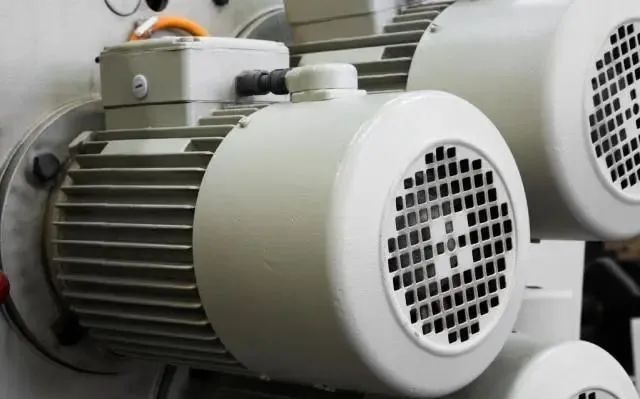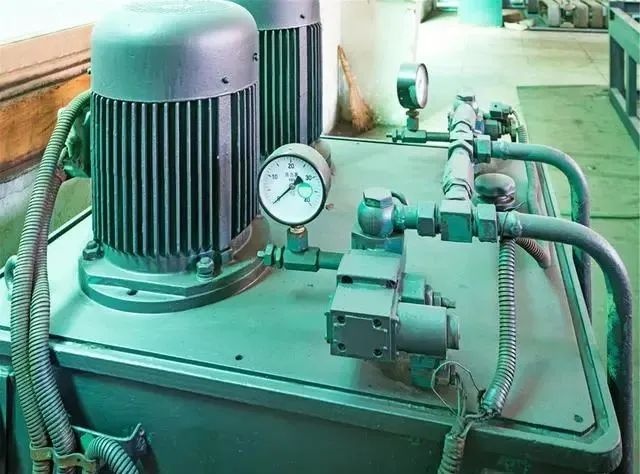what are the special requirements for explosion-proof motors compared with ordinary motors?
When using DC motors in hazardous locations, make sure they not only address the motion control needs of the application, but that the motors operate safely without being a source of ignition for hazardous events. The National Electrical Code defines a hazardous location as "an area that could present a fire or explosion hazard due to flammable gases, vapors, flammable liquids, combustible dusts, flammable fibers, or flying objects. " Electrical equipment is a common source of ignition, National Electric Regulations classify and set standards for the safe use of these devices in hazardous locations.

Causes of fires and explosions in hazardous locations
The most common hazardous locations are in agriculture, aviation, mining, industry, chemical processing, and the petroleum industry. The causes of fire or explosion vary in these industries. The National Electrical Code classifies hazardous locations in three ways :
Class I: Flammable gases or vapours in the air, such as natural gas or gasoline vapors, for example, in petroleum refineries and gasoline warehouses.Class II: Combustible dust or finely powdered substances, e.g. grain elevators or flour and feed mills.Class III: Flammable fibres or flying matter, collected around machinery or on lighting equipment, for example, textile mills or gins.
Explosion Proof Motors: Eliminate Ignition Sources
In the presence of air, flammable gases, combustible dusts, vapors or fibers provide the fuel and oxidant for combustion or explosion, but an ignition source is still required to ignite the reaction to create an explosive atmosphere. Types of ignition, they include: sparks or arcs from electrical equipment or wires, open flames (welding), chemical reactions or biological processes, oxygen levels or temperature, lightning, ionizing radiation, compression waves and shock waves, static electricity.

Regarding ignition sources, explosion proof DC motors and associated electrical equipment (i.e. wires, conduits, connectors, etc.) are used to eliminate potentially hazardous events from their ignition sources. Types of explosion proof DC motors that can be used: brushed or brushless, permanent magnet or electromagnetic field. The reason these motors are safe to use in hazardous locations is an explosion-proof motor enclosure that can withstand, prevent or isolate explosions so that they do not spread to the surrounding environment. Explosion-proof motors are designed to meet explosion-proof requirements with the following specifications: Limit the maximum temperature of the motor so that any flame that hits the motor is cooled to a level where it cannot ignite the external environment, which can be achieved by creating a longer flame path and special clearance to fulfill. Set fixed length path air gap widths and tight clearances for motor parts (rotating and stationary) to avoid friction and arcing, to withstand internal explosions without damage. Pressure test the motor housing, end caps, junction boxes and covers before use. Avoid using light metals on outer surfaces to avoid friction-based arcing.
in conclusion
DC motors used in hazardous locations are a special type of motor rated "explosion proof", they are housed in a special motor housing that can withstand explosions of specified gases, vapours or dust and prevent ignition of any surrounding Internal explosion due to gas, vapour or dust. In addition, they need to be recognized by UL and/or CSA, and marked with the recognized class, category and operating temperature.



























 XINDA
XINDA